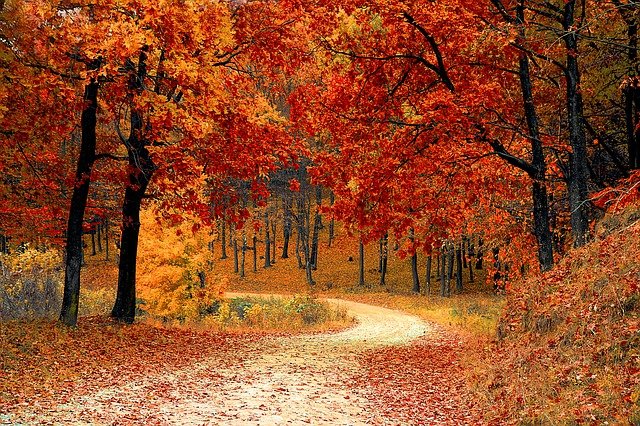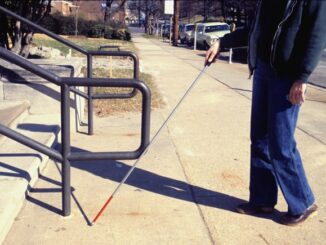
Hi Isaac, this is a really interesting question and something that lots of people wonder about when the seasons change. In the autumn, lots of plants (especially trees) throw away their leaves.
These are great for jumping in, but why do some plants do this? It seems like a waste. But actually, by dropping their leaves they are saving their nutrients for the next summer.
For plants to grow, they need sunlight, nutrients and water. The nutrients and water come from the soil. The sunlight is captured by the leaves.
To capture the sunlight, the leaves use a chemical called chlorophyll, which is what makes leaves green. Chlorophyll turns sunlight into food, which the trees need to grow, through a process called photosynthesis.
In summer, plants do lots of photosynthesis, because they get lots of light and because it is warm. The food they make is sugar, which they use to grow new leaves, flowers and seeds.
In winter, things are less comfortable. The days get shorter, it gets colder and there is less sunshine. For you, this is not a problem – if you are cold, you can put a coat on. But plants can’t do this. And when it gets really cold, and freezes, their leaves can be damaged.
If you want to see what freezing does to different leaves, there is an experiment you can try at home. Take some different leaves and put them in your freezer, or the ice box in your fridge. Leave them for a day to get really cold, then take them out again. Put them on a plate so you don’t make a mess, then just wait for them to warm up (this will take a while).
Some leaves are really tough and don’t mind being frozen. If you take a holly leaf, it will look just the same after you freeze it as it did before. But if you try this with a soft leaf, such as lettuce, you will see something different.
For plants with leaves that don’t like to be frozen, winter is a bad time. Their leaves are all going to be destroyed in the cold weather. If this happens, they will also lose a lot of good things which are in the leaf, especially the nutrients they get from the soil.
They use the nutrients to make chlorophyll and they don’t want to lose them when the leaves freeze. So instead, they break down the chlorophyll to get the nutrients out and store them in their roots, which are protected from the cold.
As the plants break down the chlorophyll, the green colour disappears from their leaves. What is left behind is other chemicals which you normally cannot see. The most important of these are called carotenoids, which are what makes carrots orange.
Depending on which chemicals are found in the leaf, they can turn different shades of yellow or orange or even red. These chemicals do not have any nutrients in them, so the plant does not bother to break them down, it leaves them in the leaves.
Once all the chlorophyll is taken out, the leaf dies. As it dries out, the leaf starts to look brown and becomes crispy. At this stage, it falls off the tree.
In the spring, as the days get longer and the weather gets warmer, the tree uses the nutrients and food that it has stored in its roots to make new leaves, ready for the summer when it can do lots of photosynthesis again.
By: Giles Johnson Senior Lecturer in Environmental Sciences, University of Manchester
Disclosure statement
Giles Johnson receives funding from the Biotechnology and Biological Sciences Research Council.










